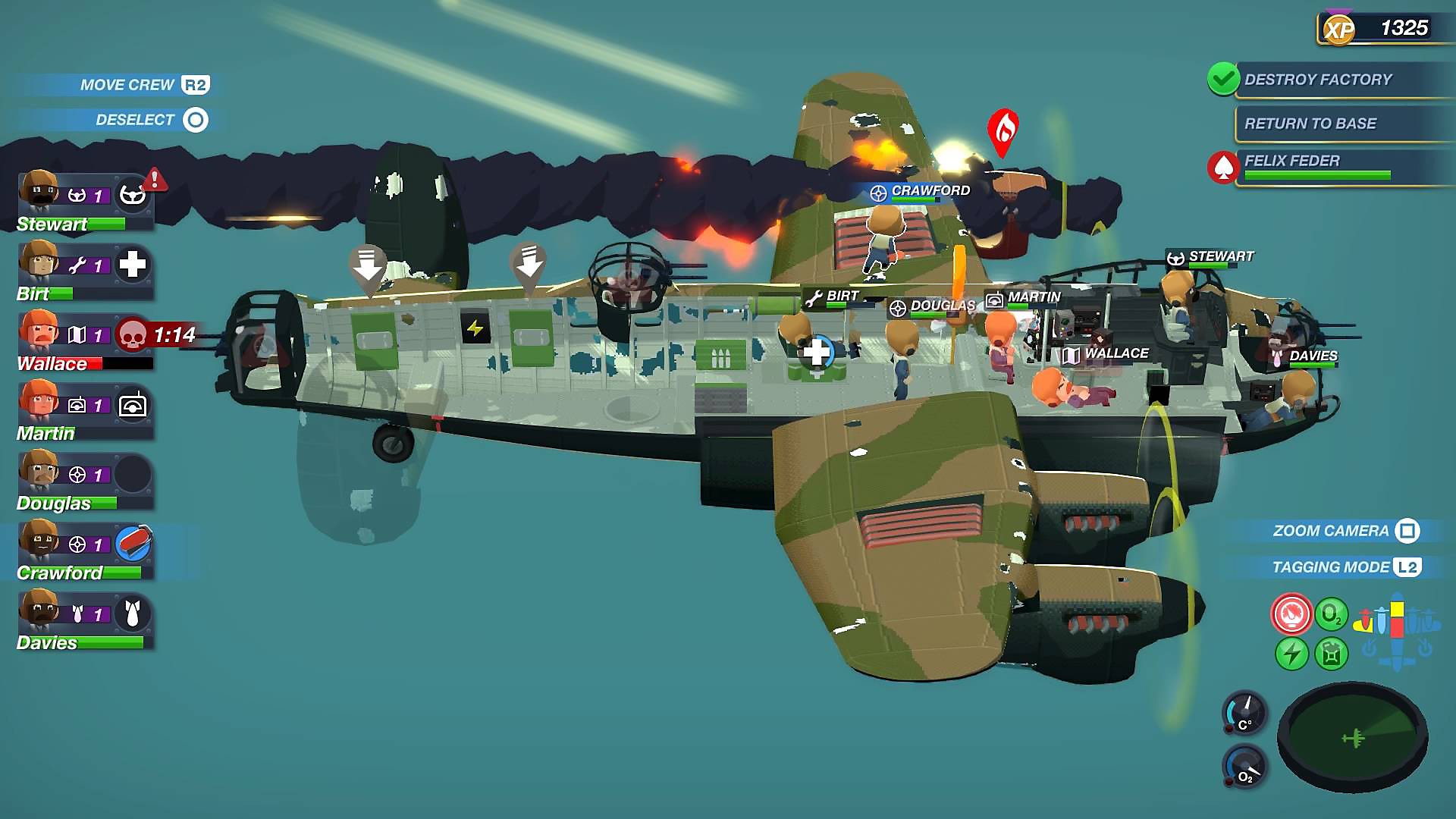

Suspicious Item Postcard and Poster, and view the video " What to Do: Suspicious or Unattended Item." In addition, potential indicators for a bomb are threats, placement, and proximity of the item to people and valuable assets.įor more information on recognizing suspicious items, reference the Unattended vs. Generally speaking, anything that is Hidden, Obviously suspicious, and not Typical ( HOT) should be deemed suspicious. Examples that could indicate a bomb include unexplainable wires or electronics, other visible bomb-like components, and unusual sounds, vapors, mists, or odors.

(Find out more about the " If You See Something, Say Something®" campaign.) A suspicious item is any item (e.g., bag, package, vehicle, etc.) that is reasonably believed to contain explosives, an Improvised Explosive Device (IED), or other hazardous material that requires a bomb technician and/or specialized equipment to further evaluate it. Together we can help keep our communities safe-if you see something that is suspicious, out of place, or doesn't look right, say something. Watch the Bomb Threat Training Video below and refer to the DHS-DOJ Bomb Threat Guidance for more information. Facility supervisors and/or law enforcement will assess the situation and provide guidance regarding facility lock-down, search, and/or evacuation.

Bomb threats are most commonly received via phone, but are also made in person, via email, written note, or other means.


 0 kommentar(er)
0 kommentar(er)
